|
Your search criteria found 3149 images Feature Name |
| My List |
Addition Date |
Target
|
Mission | Instrument | Size |

|
2004-03-08 |
Spitzer Space Telescope |
IRAC Multiband Imaging Photometer (MIPS) |
2262x1899x3 | |
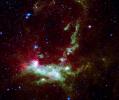
|
|||||

|
2005-01-21 |
Deep Impact |
1920x2560x3 | ||

|
|||||

|
2006-10-19 |
Deep Impact |
Impactor Targeting Sensor (ITS) S-band Antenna |
720x469x3 | |
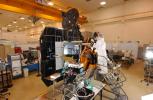
|
|||||

|
2006-10-19 |
Deep Impact |
Impactor Targeting Sensor (ITS) S-band Antenna |
720x1105x3 | |

|
|||||

|
2006-01-20 |
Stardust |
3072x2048x3 | ||
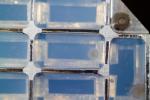
|
|||||

|
2006-10-19 |
Stardust |
720x515x1 | ||
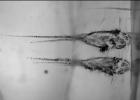
|
|||||

|
2006-02-21 |
Stardust |
1547x1136x3 | ||
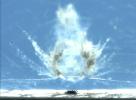
|
|||||

|
2009-09-24 |
Deep Impact |
800x618x3 | ||
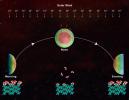
|
|||||

|
2011-08-25 |
GRAIL |
2000x3000x3 | ||

|
|||||

|
2011-10-19 |
Spitzer Space Telescope |
4267x2400x3 | ||
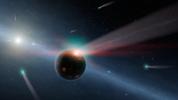
|
|||||

|
2011-11-10 |
Mars Science Laboratory (MSL) |
3000x2000x3 | ||
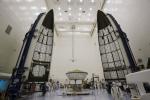
|
|||||

|
2011-11-10 | 720x540x3 | |||
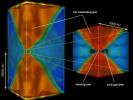
|
|||||

|
2011-12-22 |
MESSENGER |
MDIS - Narrow Angle |
1263x1262x1 | |
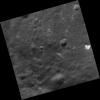
|
|||||

|
2012-08-10 |
Mars Science Laboratory (MSL) |
1024x720x1 | ||
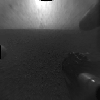
|
|||||

|
2012-10-25 |
MESSENGER |
MDIS - Narrow Angle |
1108x1108x1 | |
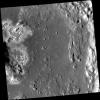
|
|||||

|
2012-11-14 |
Herschel Space Observatory XMM-Newton |
PACS SPIRE XMM-Newton X-ray |
3234x2248x3 | |
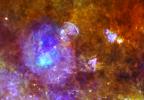
|
|||||

|
2013-11-11 |
Spitzer Space Telescope |
ALMA IRAC |
1500x1500x3 | |
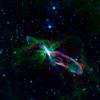
|
|||||

|
2009-06-18 |
LCROSS |
2100x2100x3 | ||
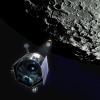
|
|||||

|
1999-12-21 |
ACRIMSAT |
800x688x3 | ||

|
|||||

|
2014-04-15 |
OCO-2 |
OCO-2 |
1993x3000x3 | |

|
|||||

|
2014-04-15 |
OCO-2 |
OCO-2 |
1993x3000x3 | |

|
|||||

|
2014-04-15 |
OCO-2 |
OCO-2 |
1993x3000x3 | |

|
|||||

|
2014-04-15 |
OCO-2 |
OCO-2 |
1993x3000x3 | |

|
|||||

|
2014-05-21 |
Spitzer Space Telescope |
IRAC |
2500x2500x3 | |
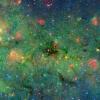
|
|||||

|
2014-07-02 |
Chandra X-ray Observatory Hubble Space Telescope Spitzer Space Telescope Very Large Array (VLA) |
3600x2812x3 | ||
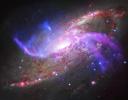
|
|||||

|
2014-08-28 |
Spitzer Space Telescope |
4005x2253x3 | ||
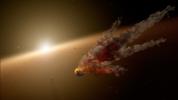
|
|||||

|
2015-06-11 |
Spitzer Space Telescope |
2550x3300x3 | ||

|
|||||

|
2015-08-20 |
Spitzer Space Telescope |
Spitzer Space Telescope |
4800x2700x3 | |
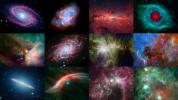
|
|||||

|
2016-04-06 |
Mars Reconnaissance Orbiter (MRO) |
HiRISE |
2880x1800x3 | |
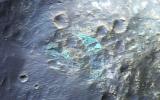
|
|||||

|
2016-04-06 |
Mars Reconnaissance Orbiter (MRO) |
HiRISE |
2880x1800x3 | |
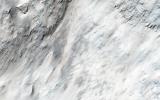
|
|||||

|
2016-09-29 |
Mars Science Laboratory (MSL) |
SAM |
1280x888x3 | |
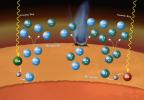
|
|||||

|
2018-01-25 |
InSight |
4527x6036x3 | ||

|
|||||

|
2018-01-25 |
InSight |
7680x4320x3 | ||
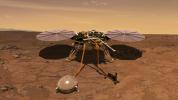
|
|||||

|
2018-01-25 |
InSight |
1920x1080x3 | ||
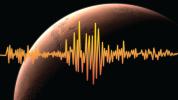
|
|||||

|
2018-02-13 |
Mars 2020 Rover |
4928x3264x3 | ||
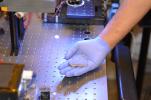
|
|||||

|
2018-02-13 |
Mars 2020 Rover |
4928x3264x3 | ||
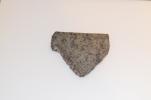
|
|||||

|
2018-02-13 |
Mars 2020 Rover |
4928x3264x3 | ||

|
|||||

|
2018-10-30 |
InSight |
3840x2160x3 | ||
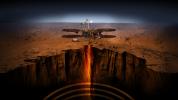
|
|||||

|
2020-06-17 |
Mars 2020 Project |
4159x3327x3 | ||
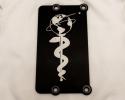
|
|||||

|
2020-06-17 |
Mars 2020 Project |
5681x3787x3 | ||
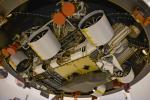
|
|||||

|
2021-01-08 |
Mars 2020 Rover |
3351x3042x3 | ||
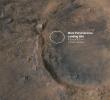
|
|||||

|
2022-10-20 |
Simplified High Impact Energy Landing Device (SHIELD) |
1920x1080x3 | ||
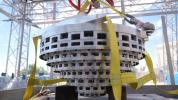
|
|||||

|
2022-10-20 |
Simplified High Impact Energy Landing Device (SHIELD) |
1920x1080x3 | ||
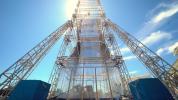
|
|||||

|
1998-03-26 | Amalthea |
Galileo |
Solid-State Imaging |
798x573x1 |
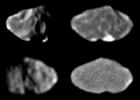
|
|||||

|
1998-09-15 | Amalthea |
Galileo |
Solid-State Imaging |
1539x1066x1 |
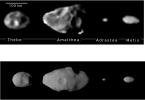
|
|||||

|
1998-09-15 | Amalthea |
Galileo |
Solid-State Imaging |
1539x802x1 |
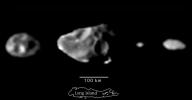
|
|||||

|
2000-04-24 | Amalthea |
Galileo |
Solid-State Imaging |
490x1190x1 |
|
|
|||||

|
2000-04-24 | Amalthea |
Galileo |
Solid-State Imaging |
748x381x1 |
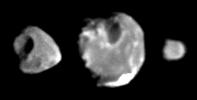
|
|||||

|
2000-04-24 | Amalthea |
Galileo |
Solid-State Imaging |
860x410x1 |
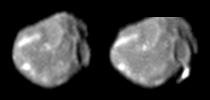
|
|||||

|
2005-05-31 | Amalthea |
Galileo Voyager |
Solid-State Imaging |
1800x541x3 |

|
|||||

|
2011-03-24 | Annefrank |
Stardust |
Stardust Navigation Camera |
3000x2400x3 |
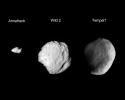
|
|||||

|
2008-09-05 | Anthe |
Cassini-Huygens |
ISS - Narrow Angle |
554x523x1 |
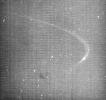
|
|||||

|
2008-09-05 | Anthe |
Cassini-Huygens |
ISS - Narrow Angle |
575x613x1 |

|
|||||

|
1998-12-05 | Ariel |
Voyager |
VG ISS - Narrow Angle |
1275x1275x1 |
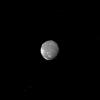
|
|||||

|
1998-12-05 | Ariel |
Voyager |
VG ISS - Narrow Angle |
512x512x1 |
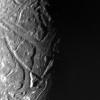
|
|||||

|
2012-12-14 | Asteroid |
Goldstone Deep Space Network (DSN) |
Goldstone Solar System Radar |
876x708x1 |
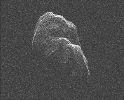
|
|||||

|
2013-08-02 | Asteroid | 3254x2613x3 | ||
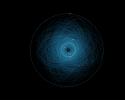
|
|||||

|
2017-06-30 | Asteroid |
Catalina Sky Survey (CSS) |
714x679x3 | |
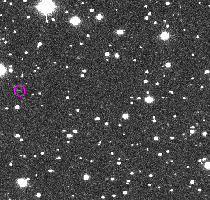
|
|||||

|
2020-08-18 | Asteroid | 1841x1033x3 | ||
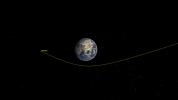
|
|||||

|
2020-08-18 | Asteroid |
ZTF |
1814x1298x3 | |
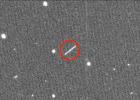
|
|||||

|
2021-03-26 | Asteroid |
Deep Space Network |
2999x1300x1 | |
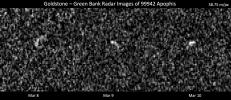
|
|||||

|
2021-04-05 | Asteroid |
Deep Space Network |
1254x958x1 | |
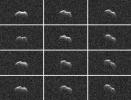
|
|||||

|
2021-10-04 | Asteroid |
Psyche |
Gamma Ray and Neutron Spectrometer (GRNS) |
8256x5504x3 |
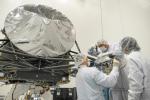
|
|||||

|
2021-10-04 | Asteroid |
Psyche |
Gamma Ray and Neutron Spectrometer (GRNS) |
5504x8256x3 |

|
|||||

|
2021-11-17 | Asteroid |
Double Asteroid Redirect Test (DART) |
1300x856x3 | |
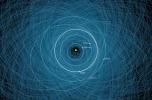
|
|||||

|
2022-03-15 | Asteroid | 1440x830x3 | ||
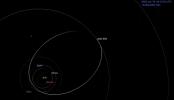
|
|||||

|
2022-06-29 | Asteroid |
Deep Space Network (DSN) |
Deep Space Network |
1587x1137x1 |
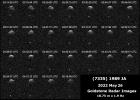
|
|||||

|
2022-09-22 | Asteroid |
Double Asteroid Redirection Test (DART) |
5333x3000x3 | |
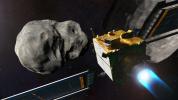
|
|||||

|
2023-02-17 | Asteroid |
Deep Space Network (DSN) |
Deep Space Network |
3085x2437x1 |
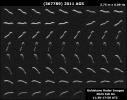
|
|||||

|
2023-04-26 | Asteroid |
Deep Space Network (DSN) |
Deep Space Network |
2922x1411x1 |
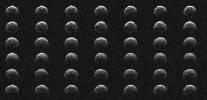
|
|||||

|
1996-08-12 | Callisto |
Voyager |
VG ISS - Narrow Angle |
2000x2000x3 |
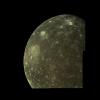
|
|||||

|
1996-09-26 | Callisto |
Voyager |
VG ISS - Narrow Angle |
800x800x3 |
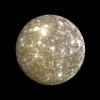
|
|||||

|
1997-01-09 | Callisto |
Voyager |
VG ISS - Narrow Angle |
740x750x1 |

|
|||||

|
1997-12-18 | Callisto |
Galileo |
Solid-State Imaging |
400x400x1 |
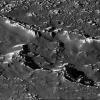
|
|||||

|
1997-12-18 | Callisto |
Galileo |
Solid-State Imaging |
400x400x1 |
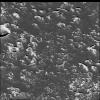
|
|||||

|
1997-12-18 | Callisto |
Galileo |
Solid-State Imaging |
1757x1905x1 |

|
|||||

|
1997-12-18 | Callisto |
Galileo |
Solid-State Imaging |
1088x585x1 |
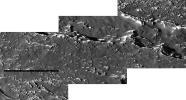
|
|||||

|
1997-12-18 | Callisto |
Galileo |
Solid-State Imaging |
2130x1065x1 |
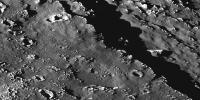
|
|||||

|
1997-12-18 | Callisto |
Galileo |
Solid-State Imaging |
1099x1451x3 |

|
|||||

|
1997-12-18 | Callisto |
Galileo |
Solid-State Imaging |
800x780x1 |
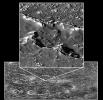
|
|||||

|
1998-03-26 | Callisto |
Galileo |
Solid-State Imaging |
1691x2231x1 |

|
|||||

|
1998-03-26 | Callisto |
Galileo |
Near Infrared Mapping Spectrometer |
1065x863x3 |
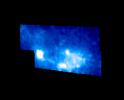
|
|||||

|
1998-03-26 | Callisto |
Galileo |
Solid-State Imaging |
2170x1788x1 |
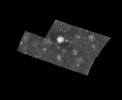
|
|||||

|
1998-03-26 | Callisto |
Galileo |
Solid-State Imaging |
3600x3320x1 |
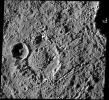
|
|||||

|
1997-11-18 | Callisto |
Galileo |
Solid-State Imaging |
1200x1200x1 |
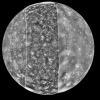
|
|||||

|
1997-11-17 | Callisto |
Galileo |
Solid-State Imaging |
1425x1625x1 |

|
|||||

|
1997-11-17 | Callisto |
Galileo |
Near Infrared Mapping Spectrometer |
900x850x3 |
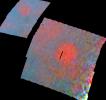
|
|||||

|
1997-12-10 | Callisto |
Galileo |
Solid-State Imaging |
1760x2200x1 |

|
|||||

|
1997-12-18 | Callisto |
Galileo |
Solid-State Imaging |
317x800x3 |
|
|
|||||

|
1997-12-18 | Callisto |
Galileo |
Solid-State Imaging |
1850x900x3 |
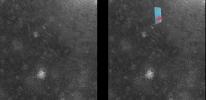
|
|||||

|
1998-03-26 | Callisto |
Galileo |
Solid-State Imaging |
725x550x1 |
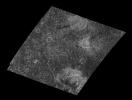
|
|||||

|
1998-05-08 | Callisto |
Galileo |
Solid-State Imaging |
930x550x3 |
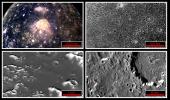
|
|||||

|
1998-05-08 | Callisto |
Galileo |
Solid-State Imaging |
749x344x3 |
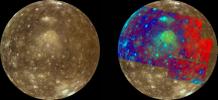
|
|||||

|
1999-03-15 | Callisto |
Voyager |
VG ISS - Narrow Angle |
300x300x3 |
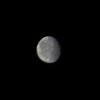
|
|||||

|
1998-10-13 | Callisto |
Galileo |
800x799x1 | |
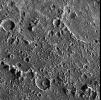
|
|||||

|
1998-10-13 | Callisto |
Galileo |
Solid-State Imaging |
1422x1252x1 |
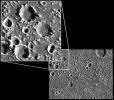
|
|||||

|
1998-10-13 | Callisto |
Galileo |
Solid-State Imaging |
800x799x1 |
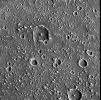
|
|||||

|
1998-12-07 | Callisto |
Galileo |
Solid-State Imaging |
1152x884x3 |
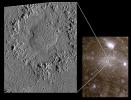
|
|||||

|
1998-12-07 | Callisto |
Galileo |
Solid-State Imaging |
1152x884x3 |
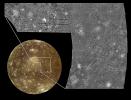
|
|||||

|
1999-10-07 | Callisto |
Galileo |
Solid-State Imaging |
1440x669x1 |
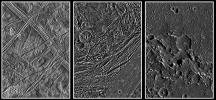
|
|||||
 |
 |
 |
 |
 |
 |
 |
 |
 |
 |

|
|
| 1-100 | 101-200 | 201-300 | 301-400 | 401-500 | 501-600 | 601-700 | 701-800 | 801-900 | 901-1000 |
| Currently displaying images: 1 - 100 of 3149 |